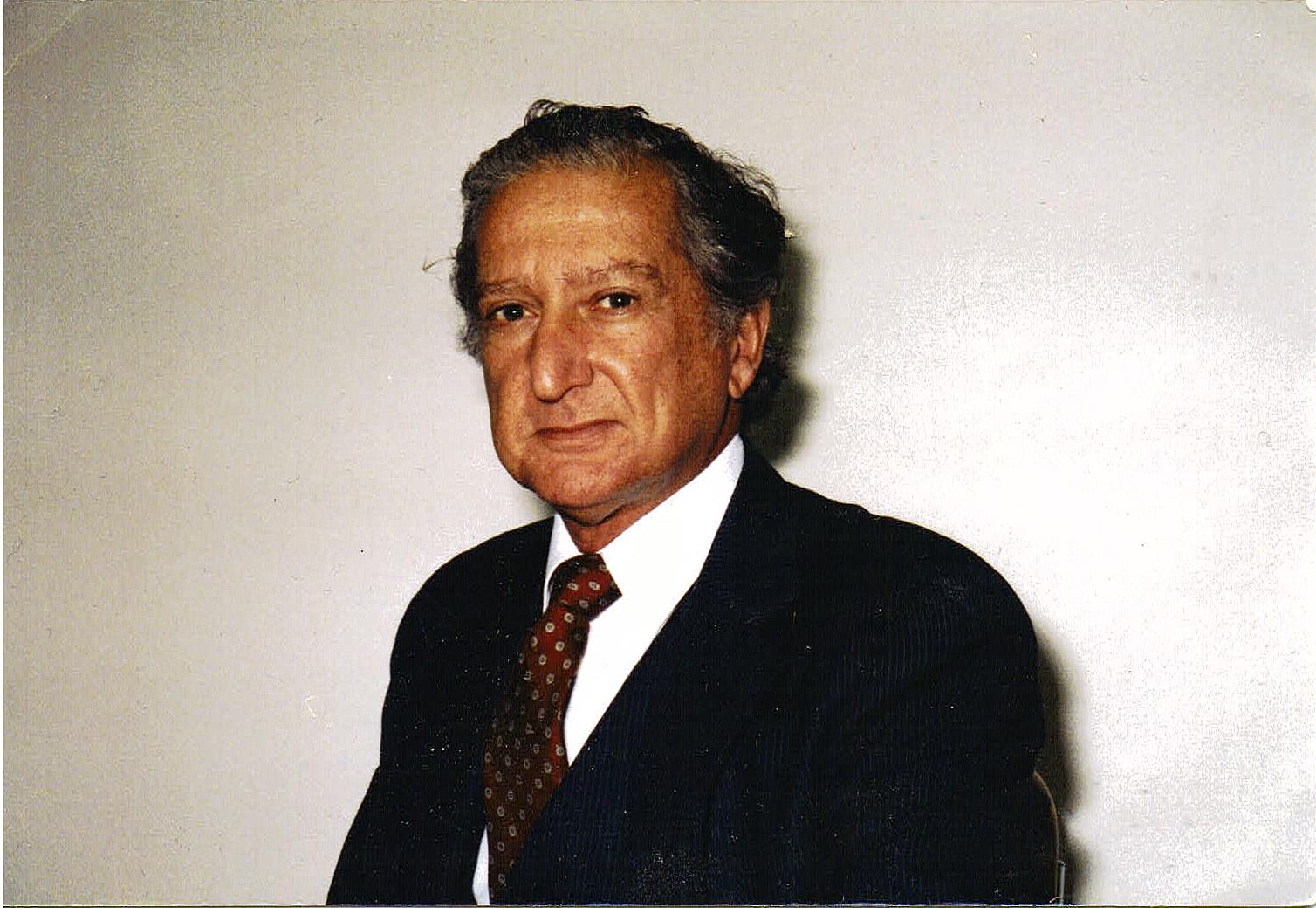Sherwin Asrow, Founding Member of Chicago Committee on High Rise Buildings, Dies at 101 | Columbus Ohio Dump Trucks
Obituary

Sherwin Asrow was a founding member of the Chicago Committee on High Rise Buildings.
Photo courtesy of Edith Asrow
Sherwin Asrow, one of the founding members and former chairman of the Chicago Committee on High Rise Buildings (CCHRB), died Oct. 3 at the age of 101.
Asrow was a structural engineer involved in projects at numerous buildings and structures, from Water Tower Place in Chicago to restoring the iconic Chicago sign at The Chicago Theatre.
Established in 1969, the Chicago Committee on High Rise Buildings was the first organization in the world to specifically promote research and knowledge of high rise buildings, according to its website. The purpose of the committee, which is multi-disciplinary, is to investigate problems or enhancements, support research and spread information on the economic design, construction, operation and rehabilitation of high-rise buildings.
Born in Chicago in 1922, Asrow attended Crane Technical High School in Chicago and the Illinois Institute of Technology where he received bachelor's and master’s degree in civil engineering.
After serving in the U.S. Navy during World War II, Asrow worked from 1947 through 1976 at C.F. Murphy as a structural engineer and later chief structural engineer. He had engineering design responsibilities for numerous projects including Mercy Hospital in Chicago; Bunker Hill Air Force Field in Peru, Ind.; O’Hare International Airport; the Prudential Building; the First National Bank Building (now Chase); the FBI Building in Washington, D.C.; McCormick Place on the Lake and Water Tower Place.
After leaving C.F. Murphy in 1976, Sherwin started his own firm, S.P. Asrow Associates, where he designed four antennas on the corners of the Willis Tower (formerly Sears Tower) roof.
“Those are steel towers enclosed in fiber glass,” says Eliot Gomez, an architectural project engineer who worked with Asrow for 36 years. “He had to design those for the weight of the building and so they could handle wind forces.”
Gomez describes Asrow as “a forensic [style of] engineer. He was the type of engineer that would get calls when there were problems. He’d come up with solutions. He’d analyze the problem, take a look at the drawings and go out in the field.”
Gomez says Asrow was a talented structural engineer, civil engineer and professional engineer. He also held an architect's license in Illinois and was detail minded.
“We’d design something, and then I think he’d think about it in his sleep,” Gomez says. “He’d come in and say ‘I had a nightmare’ and we’d go back to the drawing board. He was very thorough.”
As a founding member of CCHRB, Asrow also was involved in updating the City of Chicago’s High Rise Code.
“He was in the thick of that,” says Peter Weismantle, consulting director, Supertall Building Technology for Adam Smith + Gordon Gill Architecture and a past chairman of the committee.
Weismantle says Asrow was active in the committee until just a few years ago. Most recently, Asrow authored the book “Architectural Engineering of Second Chicago School Structures 1947-2009 and Genesis of House 1956.’
It was published in March 2023.
“[It’s a] very interesting read and quite an accomplishment for someone who had just celebrated their 100th birthday,” says Robert Grupe, current chairman of the CCHRB.
Asrow's daughter, Edith Asrow, describes her father as "an engineering icon." She has received condolences from many engineers, now in their eighties, who credit her father with helping them get their start in the profession.
"He wasn't about his own glory. He was really about bringing up young engineers," she says.

